
The paint industry manufactures coatings for surfaces, providing protection, aesthetics, and functionality in applications ranging from residential and commercial buildings to industrial machinery. It involves constant innovation in formulations, colors, and environmentally-friendly options to meet diverse consumer and industrial needs.
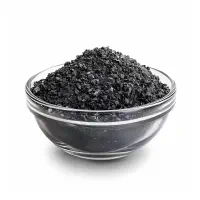
Humic acid is a complex mixture of many different acids containing carboxyl and phenolate groups. It is derived from the decomposition of organic matter, primarily plant material, and is a major component of humic substances, which are found in soil, peat, coal, and many upland streams, lakes, and ocean water. Humic acid plays a crucial role in soil health and plant growth. Characteristics Chemical Composition: Humic acid is a mixture of various organic acids, primarily containing carbon, hydrogen, oxygen, nitrogen, and sulfur.
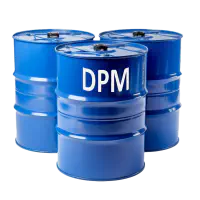
DPM (Dipropylene glycol methyl ether), also known as methyl diglycol, is a commonly used industrial solvent that offers several desirable physical features. Here are some of the physical features of DPM: Characteristics Appearance: DPM is a clear, colorless liquid with a mild, ether-like odor. Viscosity: DPM has a relatively low viscosity, which means it flows easily. This makes it suitable for applications where good solvency and spreading properties are required.
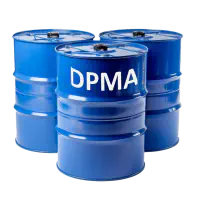
DPMA, also known as Diisopropyl Methylphosphonate, is an industrial solvent with the following physical features: Characteristics Chemical formula: C7H17O3P Molecular weight: Approximately 182.2 g/mol Appearance: DPMA is a colorless liquid. Odor: It generally has a mild, ester-like odor. Density: The density of DPMA is around 0.972 g/mL. Boiling point: DPMA has a boiling point of approximately 190-200°C (374-392°F). Melting point: DPMA typically solidifies at temperatures below -50°C (-58°F). Solubility: DPMA is miscible with many organic solvents such as ethanol, acetone, and benzene.
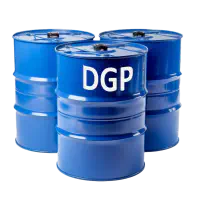
DPG, also known as Dipropylene Glycol, is an industrial solvent with the following physical features: Characteristics Chemical formula: C6H14O3 C6H14O3 Molecular weight: Approximately 134.17 g/mol Appearance: DPG is a clear, colorless liquid. Odor: It has a slight, characteristic odor. Density: The density of DPG is around 1.04 g/mL. Boiling point: DPG has a boiling point of approximately 232-234°C (450-453°F). Melting point: The melting point of DPG is around -48°C (-54°F).
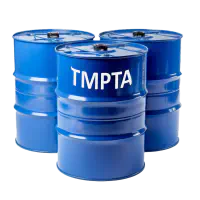
TMPTA, also known as Trimethylolpropane triacrylate, is an industrial solvent commonly used in various applications. Characteristics Appearance: TMPTA is a clear, colorless liquid. Odor: It typically has a mild, characteristic odor. Molecular Formula: C15H20O6 Molecular Weight: The molecular weight of TMPTA is approximately 308.3 grams per mole. Density: The density of TMPTA can vary depending on temperature and other factors. However, at 20 degrees Celsius, it has an approximate density of 1.
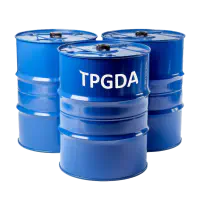
TPGDA (Tripropylene glycol diacrylate) is another industrial solvent commonly used in various applications. Here are some of its physical properties: Characteristics Appearance: TPGDA is a clear, colorless liquid. Odor: It typically has a mild, characteristic odor. Molecular Formula: C15H22O6 C15H22O6 Molecular Weight: The molecular weight of TPGDA is approximately 298.3 grams per mole. Density: The density of TPGDA can vary depending on temperature and other factors. However, at 20 degrees Celsius, it has an approximate density of 1.
For a consultation call us today at
+44 20 7101 3847
Bio Greenware Ltd ®